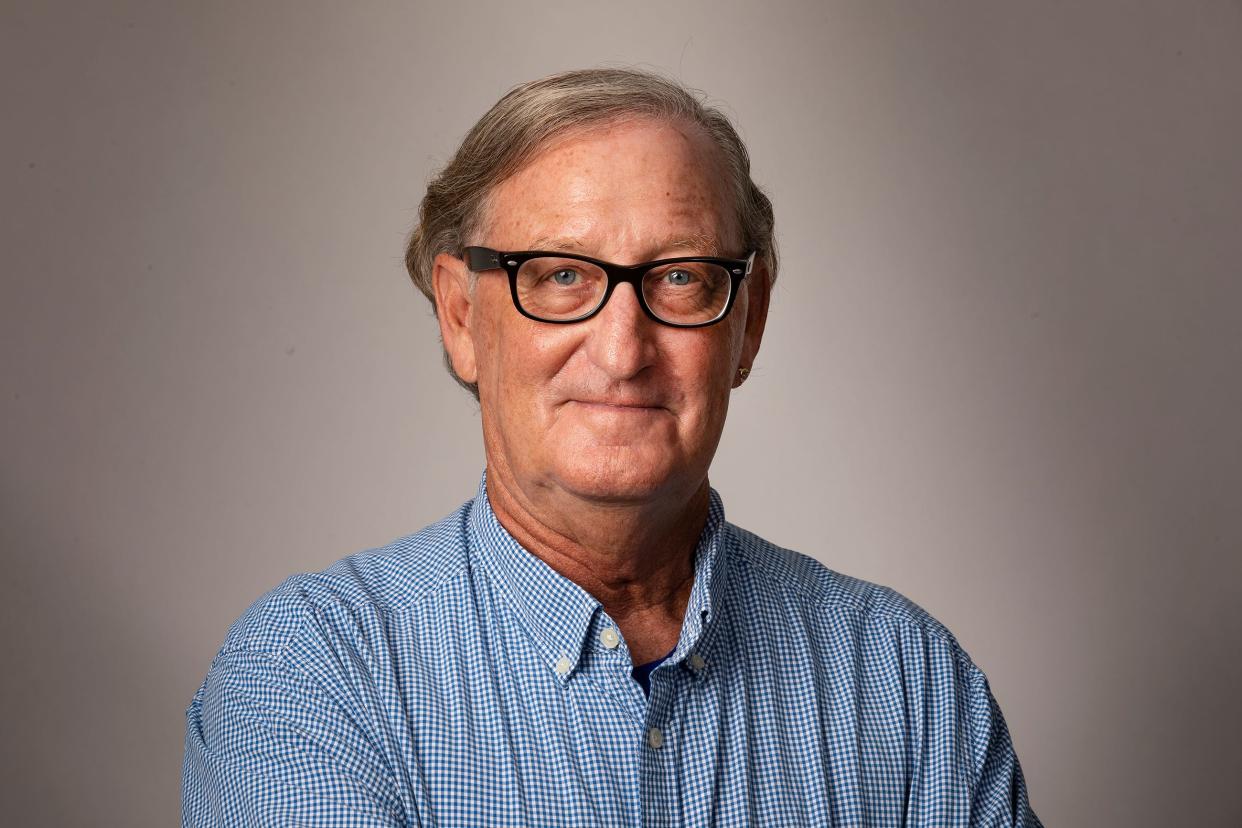Putin’s war aims were to prevent the spread of NATO

- Oops!Something went wrong.Please try again later.
Last Tuesday marked an historic day as Finland was formally admitted to NATO.
With the final approval of Turkey and Hungary, the way was clear for admission, and suddenly about 1,500 new miles of Russia borders on that of a NATO ally. Sweden has also asked to come aboard, which would further bolster NATO’s ranks in Scandinavia (Demark and Norway are already members).
During the inter-war years, Finland had not shown much interest in NATO – or any alliance. After all, they had beaten the Russian army in 1940 in a war that started with a Russian invasion in 1939, lasted a little over six months and ended with Moscow’s capitulation and withdrawal. Stalin and the Russians had their noses bloodied rather nastily and, with a general war building in Europe, saw discretion as the better part of valor. Post-war, the Finns had chosen to go their own way – a neutral power on the border of the old USSR throughout the “cold war” – as had Sweden.
What has changed the political topography, of course, is the Russian invasion of Ukraine - far to the south, but hardly unconnected with the security of other border nations. And, for the Finns, it is a remarkably familiar echo of their 1939 war.
Like many totalitarian regimes, Russia, whether in its Tsarist incarnation, as a Soviet Godzilla, or in its current mafioso-style manifestation, fears encirclement and isolation more than anything else. Encircling a landmass of 6.602 million square miles is a silly notion to anyone who has bothered to look at it, and it also assumes that most of the countries that border the state are hostile. After all, the US at a mere 3.797 million square miles has little fear of “encirclement” by Canada and Mexico. Similarly, though clearly related, this fear of encirclement is often concurrently accompanied by a lust and a passion for conquest – and the two appetites are dually fed.
At the end of the Second World War, with Russian troops in possession of most of Eastern Europe, the United States faced down the critical question of how to cope with the newly gigantic, and now hostile, former ally. On February 22, 1946, George Frost Kennan, a State Department official attached to the Moscow embassy in the USSR and longtime student of Russian foreign policy, culture and behavior, sent an 8,000-word telegram back to President Truman and the Department of State. What he wrote has endured – with a few bumps along the way – as US policy towards that nation.
What Kennan advised was to avoid a direct war with Russia, and to be strong in pointing out the massive threat they represented, and to contain that threat in every possible way.
Restraint. Vigilance. Constriction.
With Finland on board, NATO grows both physically and cognitively. The addition of Finland – and Sweden, if their application is accepted – is a signal that it is becoming impossible to be neutral in this crisis. There is a right side and wrong side in the Ukraine conflict and being on the wrong side means supporting bald-faced criminal aggression not only against that nation, but against the ideals of democracy, freedom, free enterprise, self-determination and liberty.
Russia’s government, currently, is a declared and deadly enemy to these values. Kennan’s message, 77 years ago, was to stand fast; to protect these values, and to protect not only our nation, but nations struggling to adopt these values.
Mr. Putin’s war aims were to prevent the spread of NATO. The war itself has meant that the tiny, peaceful nations on Russia’s borders have had no choice but to make his dream come true.
Bruce Anderson is the Dr. Sarah D. and L. Kirk McKay Jr. Endowed Chair in American History, Government, and Civics and Miller Distinguished Professor of Political Science at Florida Southern College. He is also a columnist for The Ledger.
This article originally appeared on The Ledger: Putin’s war aims were to prevent the spread of NATO

